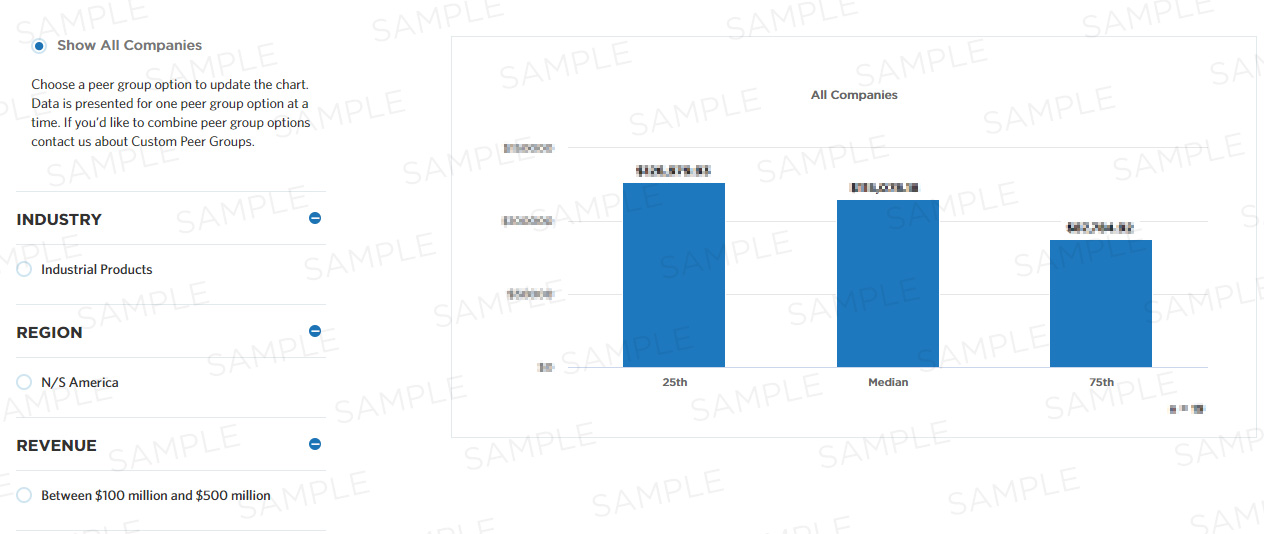Internal cost to perform learning administration activities per business entity employee
This measure calculates the internal cost per business entity employee for scheduling courses, coordinating course attendance, printing and/or distributing course/learning materials, booking rooms/venues, and organizing any other course-related logistics. Internal cost refers to all costs that are not outsourced; it amounts to the sum of personnel, systems, overhead and other costs. This measure is part of a set of Cost Effectiveness measures that help companies understand all cost expenditures related to the process "develop and train employees."
Benchmark Data
| 25th | Median | 75th |
|---|---|---|
| - | - | - |

Compute this Measure
Units for this measure are dollars.
Internal cost for learning administration (excluding activities for processing and distributing payments)/ Number of business entity employees
Key Terms
Cost Effectiveness
Cost effectiveness measures are those in which two related variables, one of which is the cost and one of which is the related outcome related to the expenditure are used to determine a particular metric value.
Full-time Employee, Part-time Employee, and Temporary Employee
Full-time Employee
For the purpose of this survey, a regular full-time employee is hired for an indefinite period of time and is normally scheduled to work forty hours per week. Appointment is continuous, subject to satisfactory performance and availability of funding.
Part-time Employee
For the purpose of this survey, a regular part-time employee is hired for an indefinite period of time and is scheduled to work less than forty hours per week.
Temporary Employee
A temporary employee is employed for a finite period of time, to fulfill a time-limited role, or to fill the role of a permanent employee who is absent from work. The length of time an employee can work for the organization and be considered a temporary employee may be governed by employment legislation.
Business Entity
For survey purposes, a business entity is defined as an entity that:
- performs significant aspects of the processes for the surveys identified, or
- is part of a cost or revenue center within the company.
Within your organization, diverse departments may be geographically co-located, with closely integrated operations that form part of one "business entity" which may be a great distance apart. When trying to determine if related parts of your operation should be considered a single business entity, look for the following characteristics:
- Do they operate closely together?
- Do they serve many of the same customers?
- Do they support the same region or product group?
- Do they share any performance measures?
- Is data meaningful at a consolidated level?
Examples of business entity definition:
- A general ledger accounting unit located in Germany has two groups. One performs general ledger accounting for the corporate headquarters, which has three business units. The other group does general ledger accounting for one of the three business units. In spite of their geographic co-location, their roles are substantially different and consolidating their data into a single response would make it less meaningful. Each group should be treated as a separate business entity.
- Three business units within a corporation use a shared services center for accounts payable and expense reimbursement, but are self-supporting for the other financial processes. The best approach is to make the shared services centre a separate business entity for accounts payable and expense reimbursement, and to retain the three original business units for the other financial processes.
- A global manufacturing company has five plant locations, each manufacturing product and each with its own logistics operations. For purposes of completing a manufacturing and logistics survey, they should be treated as five separate business entities.